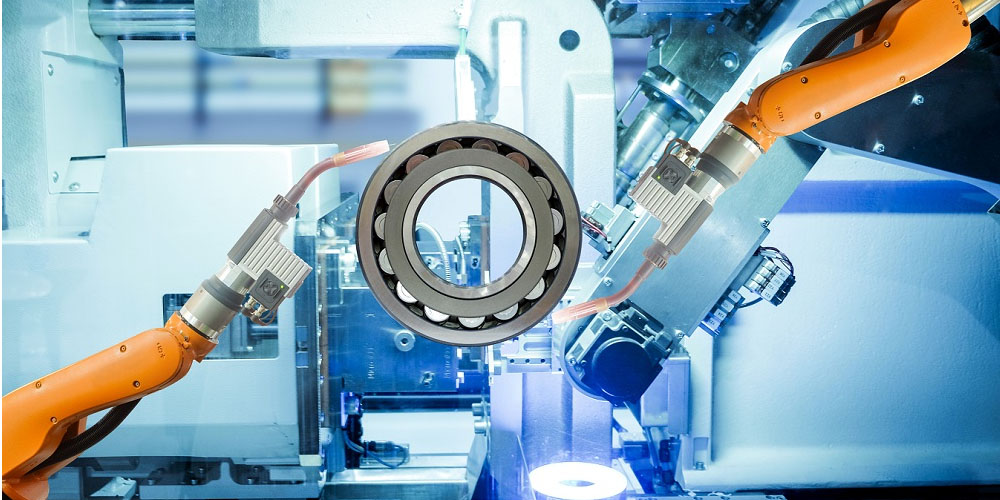Aluminum is among the most prevalent metals used to make products in a wide range of industries. CNC machined aluminum parts are particularly popular because they are durable and feature impeccable quality. Most of these parts are made through CNC milling. CNC milling is a type of CNC machining technique. It is where the cutting is controlled by a computer on which blueprints are created. CNC milling can be split into a wide range of CNC milling operations.
Types of CNC milling operations
CNC milling is a very versatile form of operation. This means that it is made up of a wide range of milling services. Some people refer to them as CNC milling operations. Below are some of the main types of CNC milling services.
a. Face milling
This is a type of CNC milling service where face milling cutters are applied. Face milling cutters usually have teeth on the periphery and face. The teeth on the periphery are used to cut the part. On the other hand, the teeth on the tool face are used for finishing applications. Therefore, face milling allows you to finish the parts. It also produces higher-quality finishes.
b. Plain of slab milling
This type of milling service involves the use of plain milling cutters. The cutters have their teeth on the periphery only. Regardless, it can produce incredible results depending on the depth of the cut and the proportions of the workpiece.
c. Angular milling
This process involves using single-angle milling cutters. The angle of the cutters usually determines the design of the workpiece being designed. Angular milling can be used for creating grooves and chamfers.
d. Form milling
Form milling service usually involves irregular surfaces and contours. In simpler terms, it is used for utterly curved surfaces.
e. Gang milling
Gang milling, like the title suggests, involves more than one cutter. It uses two or more cutters that work simultaneously. It creates intricate designs in the shortest time.
f. Straddle milling
This one involves double cutters on a single machine arbor. The cutters are located on both sides of the workpiece.
g. Profile milling
This type of milling involves the use of profile milling equipment. The cutting tools on this equipment can either be parallel or perpendicular to the work surface. The work surface is the part where the workpiece is placed.
Factors to consider when choosing the best process
When selecting the best CNC milling operation, you must consider the following factors;
- The type of material that you are working with
- The depth of the cuts you want to make on the workpiece
- The type of design you are looking to achieve
- The speed at which you are looking to complete the process
- The number of parts you want to achieve and the amount of time within which
- The type of equipment used in each process and the ease with which you can operate the equipment
- The cost of running the equipment and completing the entire process
Conclusion
The first step you must complete before choosing the best type of milling process is understanding how each method works. Doing this will enable you to make an informed decision. It will also help you with the other considerations.
